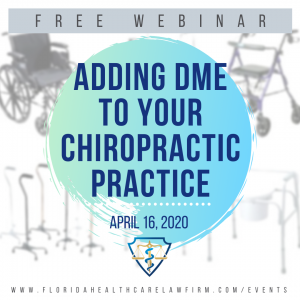In the ever-evolving landscape of healthcare, various professionals play crucial roles in ensuring patients’ well-being and recovery. Among them, Licensed Massage Therapists (LMTs) have emerged as vital components of the medical field, offering a unique and holistic approach to healthcare. In this blog, we will delve into the world of LMTs and understand their role in promoting healing, relaxation, and overall wellness.
The LMT: An Introduction
Licensed Massage Therapists, commonly known as LMTs, are healthcare professionals who specialize in the art and science of therapeutic massage. They undergo extensive training, complete a certification program, and obtain a state license, ensuring that they meet specific educational and professional standards.
Training and Education
To become an LMT, one typically completes a formal program at a recognized massage therapy school, which includes both theoretical and practical components. The coursework covers anatomy, physiology, kinesiology, and various massage techniques. Students gain hands-on experience to develop their skills in providing massages that address physical, emotional, and psychological well-being.
Licensing and Certification
After completing the required education and training, aspiring LMTs must obtain a state license to practice legally. State licensure requirements can vary, but they generally involve passing a licensing exam and meeting other specific criteria, such as a criminal background check. This process ensures that LMTs maintain high standards of professionalism and competence in their practice.
The Role of LMTs in the Medical Field
LMTs are not just providers of relaxation; they play a vital role in the medical field. Here are some key aspects of their contribution:
- Pain Management: LMTs are trained to alleviate pain and discomfort by applying massage techniques that reduce muscle tension, improve circulation, and promote relaxation. They often work in collaboration with medical professionals to address issues like chronic pain, musculoskeletal conditions, and post-surgical recovery.
- Stress Reduction: Stress is a common health concern, and it can exacerbate various medical conditions. LMTs use their skills to reduce stress and anxiety levels in patients, which can lead to improved overall health and faster recovery.
- Rehabilitation: LMTs are often part of rehabilitation teams, working with physical therapists, chiropractors, and other healthcare professionals to aid in the recovery of patients who have suffered injuries or undergone surgery. They use massage to improve range of motion, muscle strength, and overall function.
- Enhancing Well-being: Beyond addressing medical conditions, LMTs also focus on promoting general well-being. Regular massage therapy can boost the immune system, improve sleep quality, and enhance the body’s natural ability to heal.
- Holistic Care: LMTs adopt a holistic approach, considering the physical, emotional, and psychological aspects of health. They work closely with patients to understand their specific needs and tailor treatments accordingly.
Licensed Massage Therapists, or LMTs, have carved out a unique and essential niche in the medical field. Their expertise in therapeutic massage and commitment to the well-being of their patients make them valuable assets in healthcare teams. Whether it’s managing pain, reducing stress, aiding in rehabilitation, or promoting overall well-being, LMTs contribute to the holistic care that patients need. As the field of healthcare continues to evolve, the role of LMTs will likely become even more prominent in improving the lives of patients across the globe.



 By:
By: 

 By:
By:  Attorney
Attorney 

 By:
By: 
 By:
By: